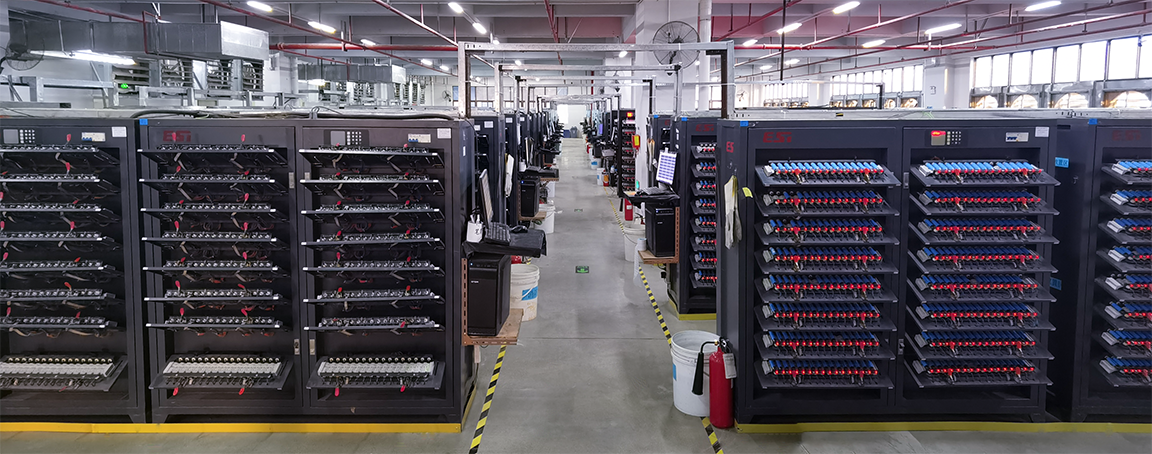The battery compartment can detect various types of batteries, including:
1. Lithium ion batteries: Lithium ion batteries used in devices such as mobile phones, laptops, and electric vehicles. Lithium ion batteries have advantages such as high energy density and long cycle life, and are currently widely used as a type of battery.
2. Lithium polymer batteries: Lithium polymer batteries are structurally similar to lithium-ion batteries, but use polymer electrolytes, which have higher safety and plasticity, and can be used in devices with special requirements for battery shape and size.
3. Nickel hydrogen batteries: commonly used in fields such as hybrid vehicles and electric tools. Nickel hydrogen batteries have high capacity and good charging and discharging performance, and are environmentally friendly.
4. Nickel cadmium batteries: They have been widely used in consumer electronics products, such as early mobile phones, cameras, etc. However, due to its memory effect and environmental pollution caused by cadmium, it has gradually been replaced by other types of batteries.
Different types of battery capacity sharing cabinets may have differences in specific parameter settings and applicable ranges, but overall, they can perform capacity sharing and testing on the common types of batteries mentioned above, including measurement and evaluation of performance parameters such as battery capacity, voltage, internal resistance, as well as cycle life testing. Some distribution cabinets may also have special functions and optimized designs for specific battery types.




